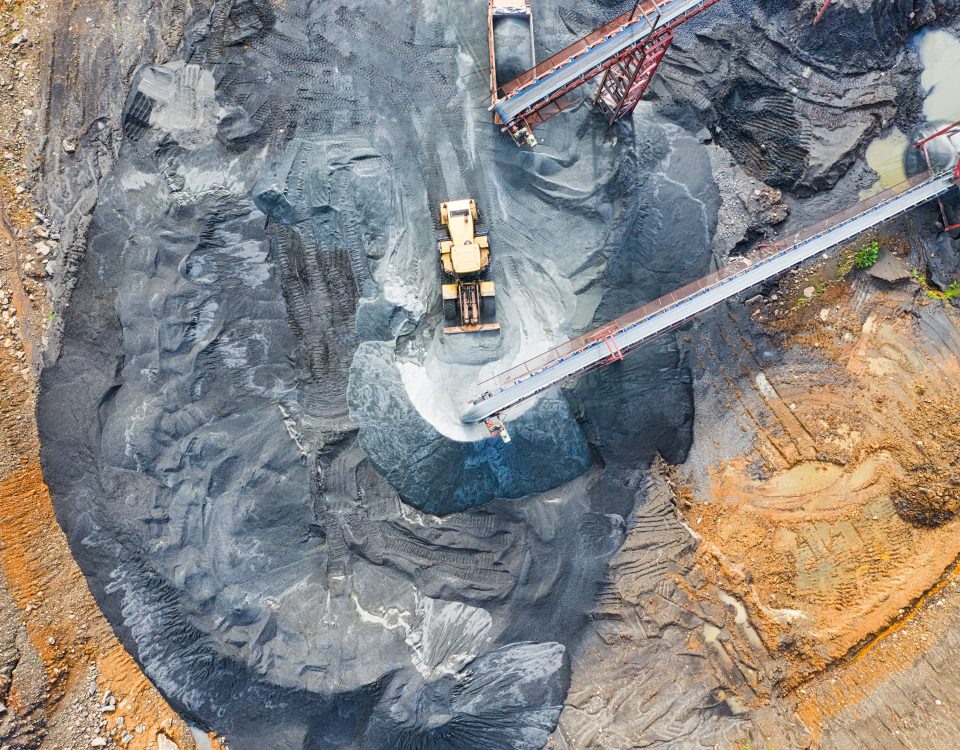
The Powerhouse of Construction: Hydraulic Cylinders
May 30, 2023Streamlining Material Handling with Hydraulic Cylinders
June 7, 2023In our rapidly evolving world, waste management has become an increasingly critical issue. The need for efficient and sustainable waste management solutions has never been greater. While it may seem like an unlikely pairing, the integration of hydraulic cylinders in the waste management processes offers a range of benefits, from improved efficiency to reduced environmental impact. There is a fascinating relationship between waste management and hydraulic cylinders, which highlight how the combination can revolutionize the way we handle waste.

One of the most significant applications of hydraulic cylinders in waste management is their use in waste compactors. These cylinders power the compaction process, reducing the volume of waste and optimizing transportation and storage. Additionally, we will discuss the benefits of compacting waste, such as improved landfill capacity and reduced carbon emissions. By compressing waste, compactors significantly reduce their volume. This reduction allows for more efficient transportation and storage of waste, maximizing the capacity of landfill sites and reducing the need for frequent waste disposal trips. Compact waste requires less frequent collection, leading to cost savings in terms of transportation, labor, and disposal fees. With fewer trips required, operational expenses can be significantly reduced.
Efficient waste collection is crucial for maintaining clean and healthy communities. Hydraulic cylinders play a pivotal role in waste collection vehicles, powering mechanisms such as automated bin lifting and emptying systems. We will delve into the working principles of these cylinders, their ability to lift heavy loads, and the benefits they bring in terms of increased productivity, reduced manual labor, and improved safety.
- Rear loader trucks are commonly used for residential waste collection. They feature a large hydraulic lift at the rear of the truck that can lift and empty individual waste bins into the truck’s storage compartment.
- Front loader trucks are designed for commercial waste collection and larger waste containers. They have hydraulic forks at the front of the truck that can lift and empty large dumpsters or waste containers into the storage compartment.
- Side loader trucks are versatile vehicles used for both residential and commercial waste collection. They feature an extendable mechanical arm or hydraulic lift on the side of the truck, allowing for efficient curbside collection and emptying of waste bins.
- Roll-off trucks are used for transporting large containers or dumpsters commonly found on construction sites or for bulky waste collection. They have a hydraulic hoist system that can tilt and roll off the container from the back of the truck.
The future of waste management and hydraulic cylinders holds great promise, as innovative technologies and advancements continue to shape the industry. Automation, artificial intelligence, and remote monitoring systems are expected to play a significant role in optimizing waste management processes. These technologies can enh ance the efficiency of waste collection, sorting, and recycling, reducing human error and improving overall productivity. Additionally, advancements in hydraulic cylinder design and materials may lead to more energy-efficient and environmentally friendly systems, further reducing the carbon footprint of waste management operations. As sustainability becomes an increasingly vital focus, research and development efforts will likely drive the creation of new waste management solutions that maximize resource recovery, minimize waste generation, and mitigate environmental impact. The future of waste management and hydraulic cylinders holds the promise of creating cleaner, more efficient, and sustainable waste management practices that benefit both communities and the planet.
ance the efficiency of waste collection, sorting, and recycling, reducing human error and improving overall productivity. Additionally, advancements in hydraulic cylinder design and materials may lead to more energy-efficient and environmentally friendly systems, further reducing the carbon footprint of waste management operations. As sustainability becomes an increasingly vital focus, research and development efforts will likely drive the creation of new waste management solutions that maximize resource recovery, minimize waste generation, and mitigate environmental impact. The future of waste management and hydraulic cylinders holds the promise of creating cleaner, more efficient, and sustainable waste management practices that benefit both communities and the planet.
Waste management is a critical global challenge, but by leveraging the power of hydraulic cylinders, we can transform the way we handle waste. From waste compactors to recycling facilities and landfill management, these versatile devices offer numerous advantages, including increased efficiency, reduced environmental impact, and improved resource utilization. As we move towards a more sustainable future, the integration of hydraulic cylinders in waste management processes will play a vital role in creating cleaner and healthier communities.
By Nicholas Guajardo | Published April 7, 2023


